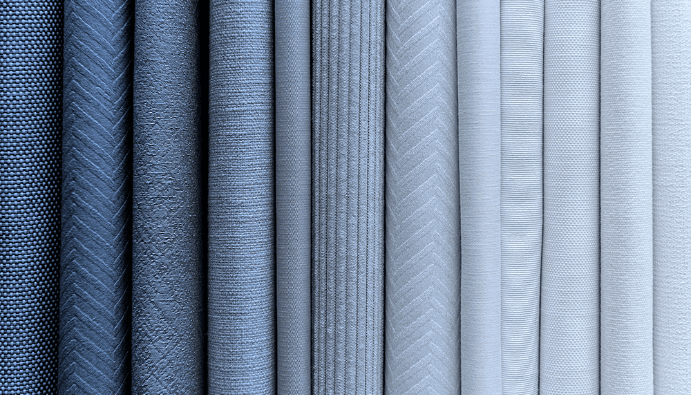Alkylphenol Ethoxylates (APEO) and Alkylphenols in Textiles
What are Alkylphenol Ethoxylates (APEO) and Alkylphenols?

What are Alkylphenol Ethoxylates (APEO) and Alkylphenols (AP)?
- Alkylphenol Ethoxylates (APEO): Alkylphenol ethoxylates are compounds produced by the reaction of alkylphenol and ethylene oxide molecules. These compounds are commonly used in the textile industry, detergents, cleaners, emulsifiers and dispersing agents. APEOs are chemicals that mix well with water and act as solvents by reducing surface tension.
- Alkylphenols (AP): Alkylphenols are compounds with one or more alkyl groups attached to the phenol molecule. These compounds are also intermediates used in the production of alkylphenol ethoxylates. Alkylphenols can have toxic effects when released into the environment and may have biological effects, particularly on marine organisms.
Environmental and Health Impacts
Alkylphenol ethoxylates and alkylphenols pose serious risks, especially for the environment. The effects of these compounds on the environment and human health are as follows:
- Environmental Pollution: Since alkylphenol ethoxylates are not rapidly biodegradable, they can accumulate in water bodies and cause environmental pollution. The toxic effects of these compounds on aquatic organisms can damage ecosystems. In particular, marine species may experience reproductive problems or reduced survival rates when exposed to these compounds.
- Endocrine Disrupting Effects: Alkylphenols are known to have endocrine disrupting (hormonal disrupting) properties. They can disrupt hormonal balance in humans and other living organisms. This can cause health problems such as fertility problems, developmental disorders and cancer.
- Skin and Respiratory Problems: Alkylphenols can cause irritation when they come into contact with the skin. In addition, long-term exposure to these substances can lead to irritation of the respiratory tract and other health problems.
- Carcinogenicity Risk: Alkylphenols are among the chemicals associated with some types of cancer. Long-term exposure can cause mutations and cellular changes that can lead to cancer.
Legal Regulations
Alkylphenol ethoxylates and alkylphenols are regulated by various environmental protection laws and regulations. In many countries, especially in regions such as the European Union and the United States, there are restrictions and prohibitions against the use of these substances in textiles.
- European Union: In the European Union, the use of alkylphenol ethoxylates (APEO) and alkylphenols has been restricted, taking into account their impact on the environment and human health. In 2003, the European Commission introduced regulations banning the use of alkylphenol ethoxylates and their derivatives in the textile industry.
- United States of America: Similarly in the US, restrictions on alkylphenol ethoxylates and alkylphenols have been imposed due to adverse environmental and health impacts. Various industries are encouraged to replace these substances with safer alternatives.
Nanolab Laboratories Group continues to provide services within the scope of Determination of Alkylphenol Ethoxylates (APEO) and Alkylphenols. We also provide services for the determination of Pentachlorophenol.
Contact us for more information.
You can follow us on LinkedIn for up-to-date news and posts about our services.
Follow our Instagram account to be informed about our latest blog posts.

